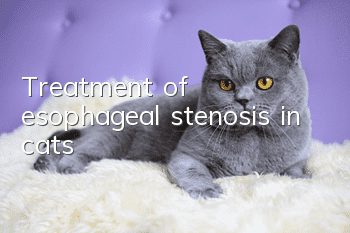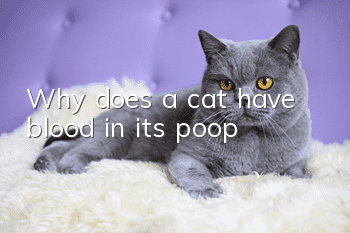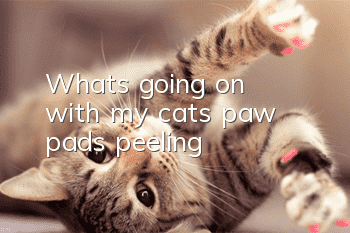Treatment of esophageal stenosis in cats

Esophageal stenosis in cats is mainly caused by the formation of scar tissue in the esophagus or the compression of surrounding tissues. The formation of scar tissue is mostly caused by cats ingesting corrosive drugs, such as some highly acidic or alkaline drugs, or Esophageal stricture can occur anywhere in the esophagus due to esophageal trauma surgery.
1. Symptoms
Other causes of esophageal stricture include cats swallowing foreign bodies and malignant tumors. Esophageal stenosis in cats often causes vomiting. If the cat has been vomiting for a period of time, likes to eat small grains of cat food and soft food, and has been losing weight recently, and the kitten wants to eat and drink but vomits as soon as it eats and drinks, it is correct. If no abnormality is found during a detailed examination of the cat, it can be suspected that there is something wrong with its esophagus. Esophageal stenosis in cats causes the typical symptoms of esophageal hypofunction, food regurgitation, dysphagia and malnutrition in cats. The cat can tolerate liquids but has difficulty eating solids, and loses weight despite a good appetite.
2. Diagnosis
If we determine that the cat has previously swallowed corrosive substances that caused the formation of esophageal scar tissue, leading to esophageal stenosis, we can use esophageal barium meal X-ray examination to show the location, extent and scope of the stenotic lesions. Esophageal stenosis caused by chemical burns often presents with a narrow esophageal lumen, long stenotic segment, irregular edges, uneven thickness, stiff esophageal wall, barium images entering the stomach with varying thickness, or high degree of esophageal lumen obstruction , barium cannot pass. Strictures caused by esophagitis are often located in the lower esophagus, and the scope of the disease is relatively limited. In cases with long course of disease and severe stenosis, the upper esophagus may be enlarged. When esophageal stenosis occurs after surgery, the esophageal lumen often exhibits limited annular stenosis.
Next, an esophageal endoscopy is performed, which shows that the esophageal cavity is narrow and the esophageal wall is replaced by scar tissue. Within 12 to 48 hours after chemical burns to the esophagus, early esophagoscopy can clarify the diagnosis of the burn and the scope of the lesion. However, due to acute inflammation and edema of the esophageal wall and fragile tissue at this time, it is easy to cause esophageal perforation during the examination. Esophagoscopy performed 2 to 3 weeks after burns can help understand whether the esophageal lumen is narrowed, as well as the location and extent of the stenosis. Esophageal endoscopy can confirm the diagnosis of stricture and can distinguish between benign and malignant lesions through mucosal biopsy, but esophageal endoscopy cannot distinguish other external causes of esophageal stricture, such as periesophageal masses, abnormal vascular rings, or wall abnormalities. External adhesions lead to narrowing of the lumen.
3. Treatment
For the treatment of cat esophageal stenosis, we generally adopt different treatment methods according to different causes. For scarred esophagus, bougie dilation is often used to expand the narrow cavity, tearing the esophageal mucosa and underlying scar tissue, thereby relieving the esophageal obstruction. Is it narrow? This method is used on cats under general anesthesia. It should also beIt should be supplemented with medication to prevent inflammation. If it is complicated by esophagitis, sucralfate, cimetidine, ranitidine, etc. need to be taken orally. Cimetidine and ranitidine are good gastric acid secretion inhibitors.
Regarding the use of anesthesia, it is worth noting that esophageal stenosis secondary to general anesthesia and gastroesophageal reflux has been reported. The incidence tendencies of reflux caused by anesthesia include the "head-down" position and pre-anesthesia medication causing lower sphincter tension. Sex is reduced, so we should also be cautious in the use of anesthetics.
- How to read a cat's body language?
- What to do if a leopard cat suffers from postpartum hemorrhage
- Early symptoms of heart disease in cats
- My cat scratched me and there was some blood. Do I need to get vaccinated?
- What does it mean when a cat rubs its body against you?
- Why does the cat keep staring at the door in the middle of the night?
- What will happen if a cat eats too much chicken liver?
- What are the benefits of cat grass for cats?
- Can cats air dry naturally after bathing in summer?
- Symptoms of feline diabetes



